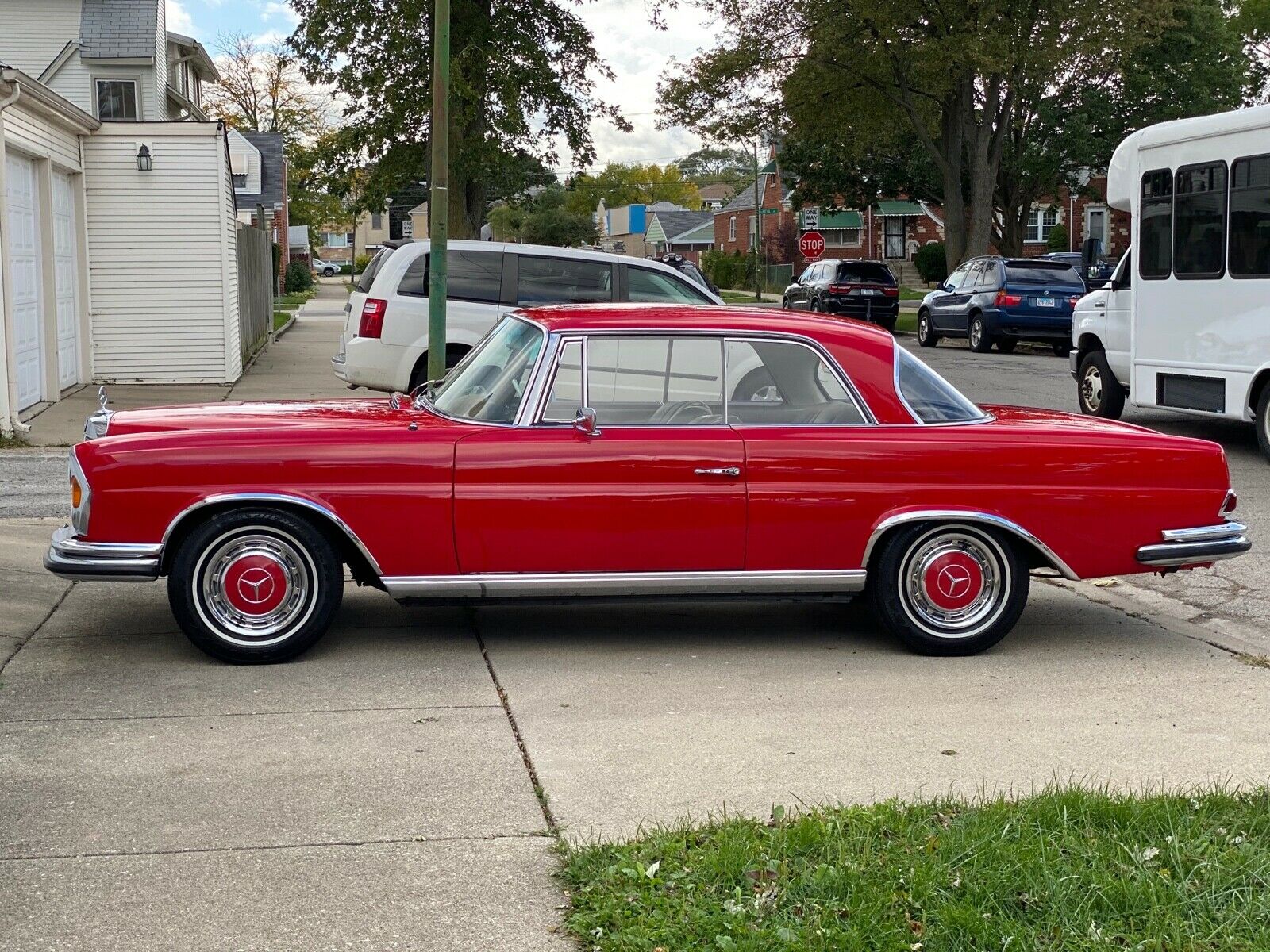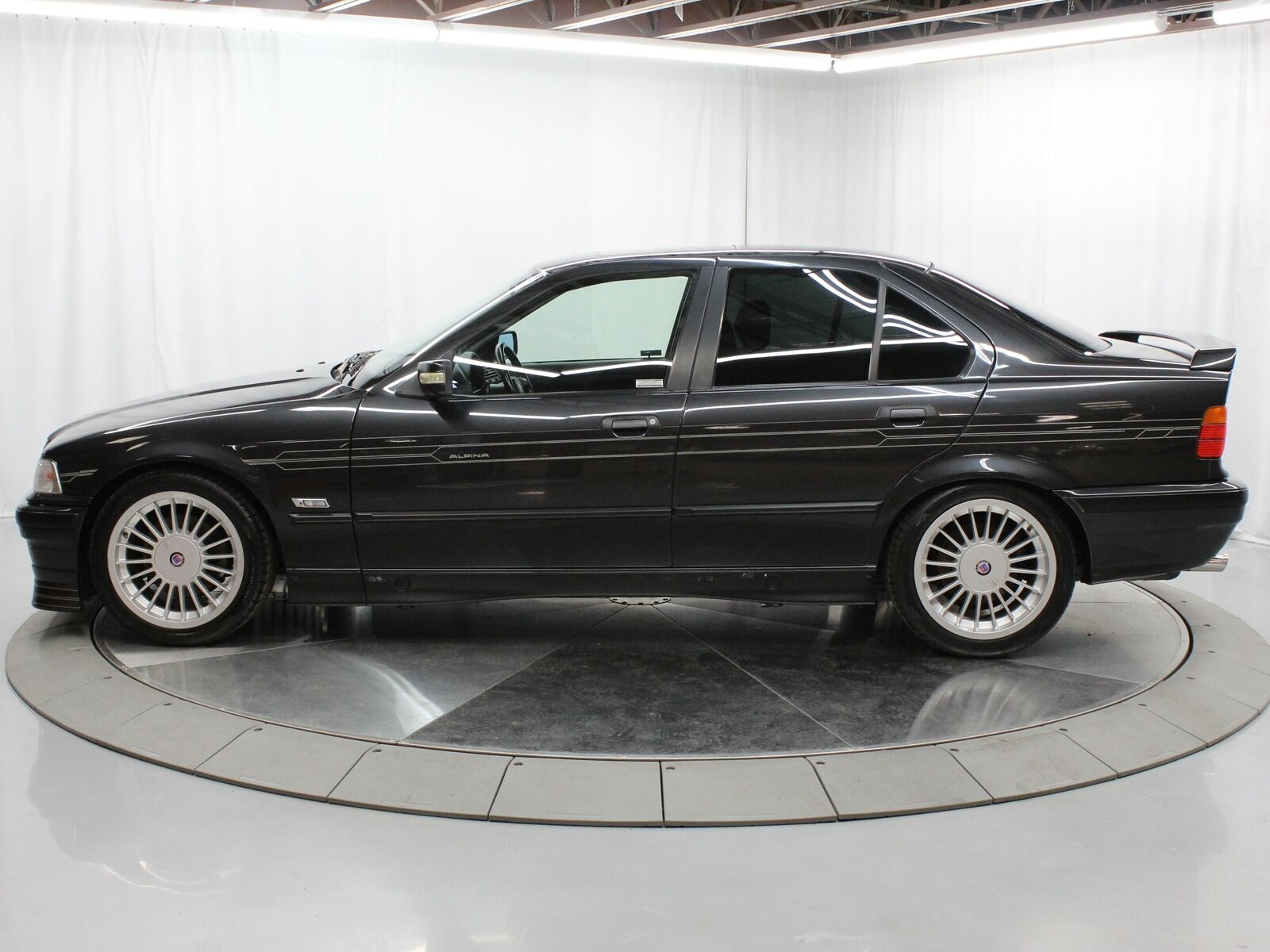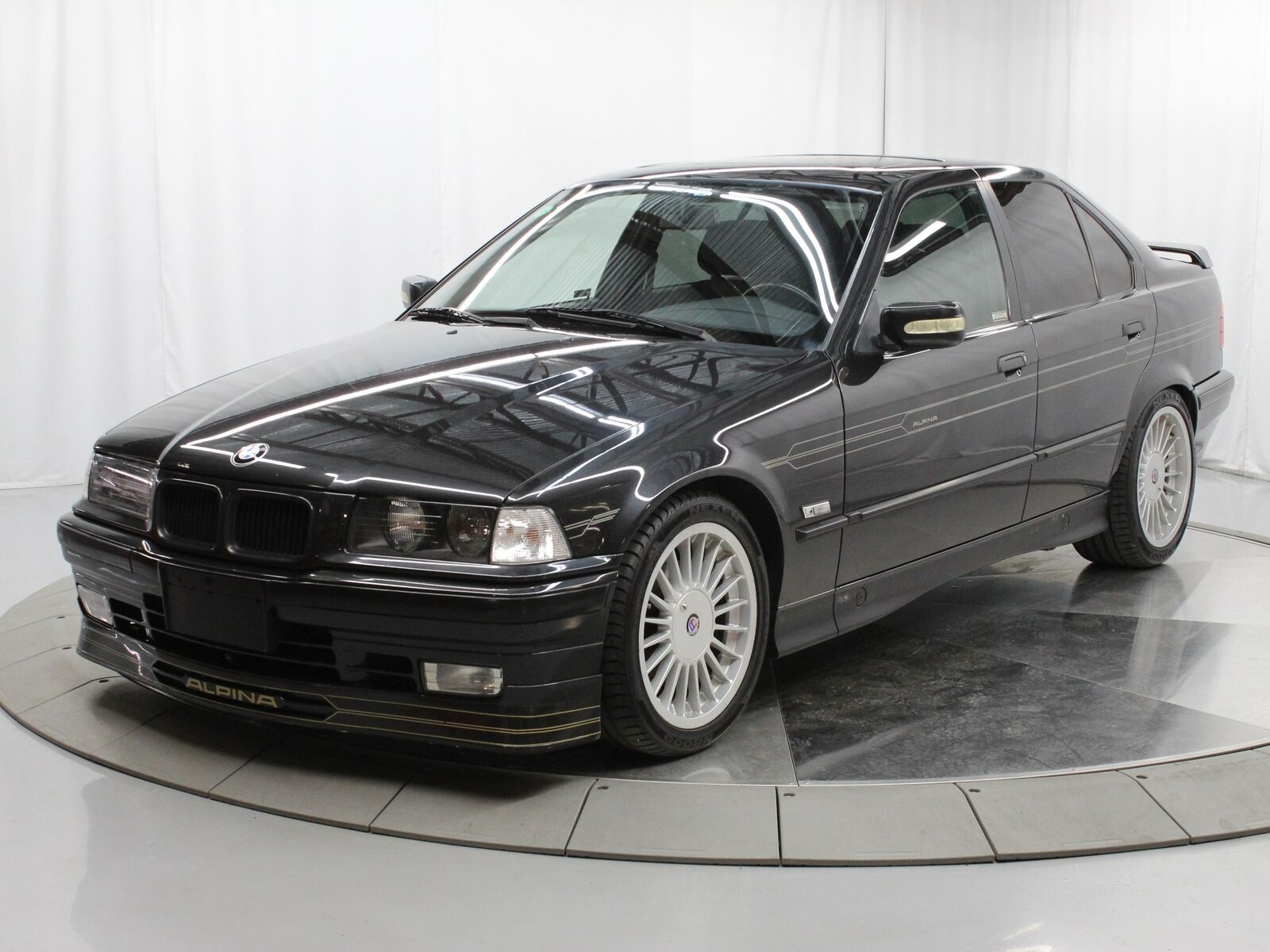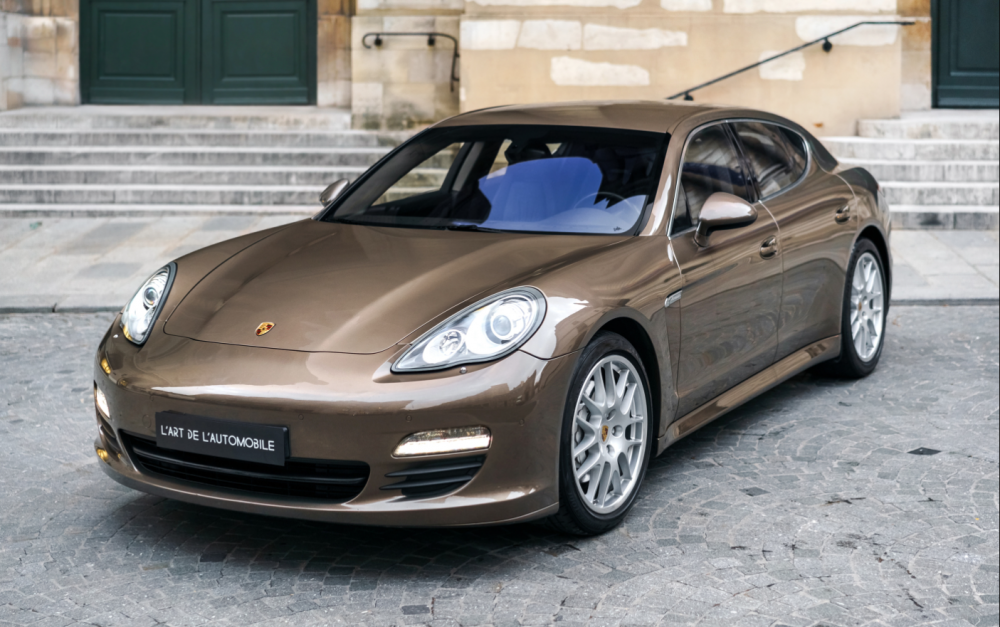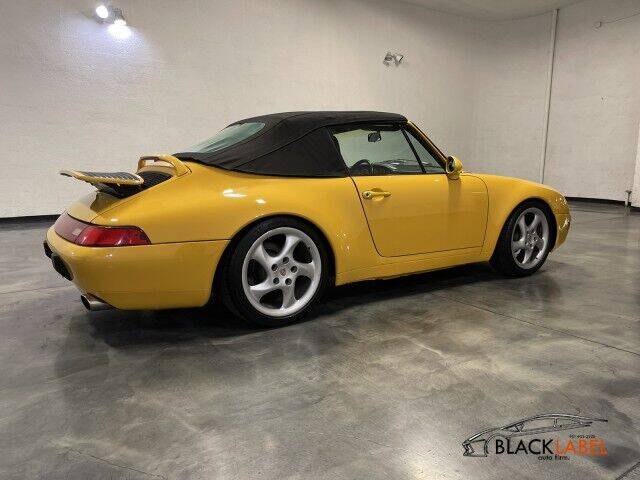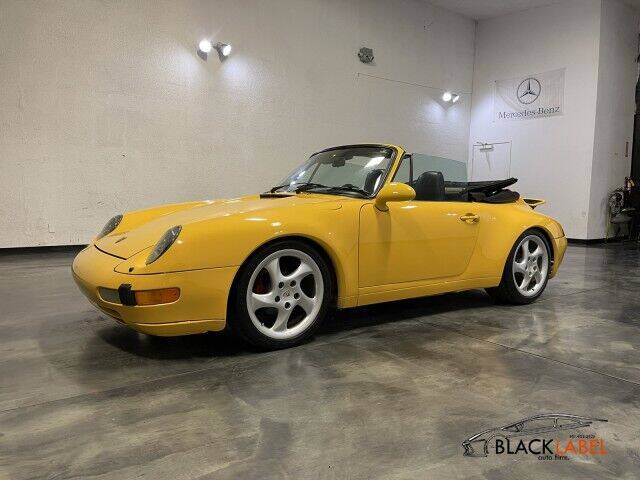Pre-War cars aren’t often featured on these pages; for Germany, the number of available machines manufactured before 1939 just isn’t huge compared to some other countries. That’s because in part the image of the modern nation of Germany rising like a Phoenix from the ashes of World War 1 to become a nation of drivers was entirely a construct of the Nazi party. If anything, pre-World War 2 Germany was a nation of riders, as motorcycle ridership far outstripped automobile ownership. Hitler spent considerable resources not only building the Autobahn, but in advertising its success by having cars do loops up and down the road while cameras filmed. By the time the German economy had rebounded to the point where people could actually buy cars and companies had the productive capacity to provide them, material shortages due to rearmament meant established companies like Daimler-Benz and Auto Union – fresh from their victories in international Grand Prix races – could not deliver cars to meet the demand. Imagine how it was for an upstart company like BMW, then, who struggled to put together a race program based upon its sporting 328. Yet achieve success it did; while BMW failed to get the headline attention of the Silver Arrows, the 328’s success drove sales of the more pedestrian 326 sedan, and the 327 cabriolet model which was derived from it. Light, nimble and quick, they were driver’s cars in the great tradition BMW has come to be known for since. But since only around 1,400 were manufactured in Germany before the War and how many survive today is far short of that number, they’re pretty rare to see today. And, generally speaking, if you want to get into a nice one your bank account better have a quarter million dollars that you’re ready and willing to part with. Today’s example is a lot cheaper than that, but it’s also in need of some freshening – and it’s not completely original. Let’s take a look:
Month: January 2022
I’ll put almost any Mercedes-Benz from the golden era of the 1960s up against other car from that time period and say it was better. There is a very distinct feeling when you open the doors to one of these cars and it usually says to you “this feels different.” Everything is heavier, thicker, and more robust. Plastic? Very little if any. This is a car made of wood, leather, and steel. You pilot them as much as you drive them. Chances are, it is going to outlast you if cared for properly. Today, we have one of those cars.
This is a 1964 Mercedes-Benz 220SEb coupe. That unofficial lowercase ‘b’ is very important as it signifies this is a fuel-injected inline-six car rather than a twin-carb of the standard 220SE. Not that the dual carbs are bad, but rather the fuel-injection system is much easier to live with and of course much smoother. This car in Chicago is finished in a wonderful shade of red with the matching hubcaps, a black leather cabin, and that all-important wood instrument cluster binnacle. Just to add some more goodness, it’s a sunroof example as well and has a four-speed manual gearbox. What isn’t to like?
CLICK FOR DETAILS: 1964 Mercedes-Benz 220SEb Coupe on eBay
Comments closedThe Alpina B6 continued from the E30 generation in the new E36 chassis in 1991, while the last of the prior generation cars were still in US showrooms. Alpina took the basic M50 and shape of then-top-of-range 325i and upped the ante; they bored the displacement to 2.8 liters, stuck Mahle pistons, a special exhaust, Bilstein shocks, 17″ wheels, and the normal assortment of aerodynamic tweaks and interior details to create the B6 2.8/2, which could be had in coupe or sedan form. With 240 horsepower on tap, it offered M3-level performance two years before the E36 M3 debuted.
While these are the least potent of the E36 Alpina variants, they’re still quite special and very rare – just 40 coupes and around 180 sedans were produced before the B6 3.0 replaced it in mid 1993. Today’s example comes from Japan and is chassis number 11.
CLICK FOR DETAILS: 1992 Alpina B6 2.8/2 Sedan on eBay
2 CommentsNo, that isn’t a typo for the year. What we are looking at today is a 1987 Porsche 911 Carrera Cabriolet that doesn’t look like a 1987, but rather some year between 1995 and 1998. That wouldn’t be a huge deal other than the fact it is an entirely different chassis. What I’m trying to say is that someone took a G Body car and turned it into a 993 cosmetically. My guess is something like this happened way back when old 911s were downright cheap to what they sell for today and cutting up two 911s to make one 911 wasn’t seen as something totally insane to do. The good thing a quick look outside will have most convinced that you own a newer 993. However, the interior leaves a lot to be desired.


